Xialin He (何夏麟)I'm a 2nd year Ph.D. student in Computer Science at University of Illinois Urbana-Champaign supervised by Prof. Saurabh Gupta. Before that, I earned my bachelor degree at ACM Honors Class, Shanghai Jiao Tong University and I was privileged to delve into the application of Reinforcement Learning in Quadruped Robot's locomotion while collaborating with the SJTU APEX lab under the guidance of Prof. Weinan Zhang. During my senior year, I am fortunate to work with Prof. Xiaolong Wang at UCSD Wang Lab as a research intern. During my time there, I also have the opportunity to collaborate closely with Prof. David Held. My research interests lie in Reinforcement Learning, Robot Learning, Computer Vision and Control theory. If you are interested in my work, feel free to to contact me for further discussions or potential collaborations. Email / GitHub / Google Scholar / Twitter / Instagram |
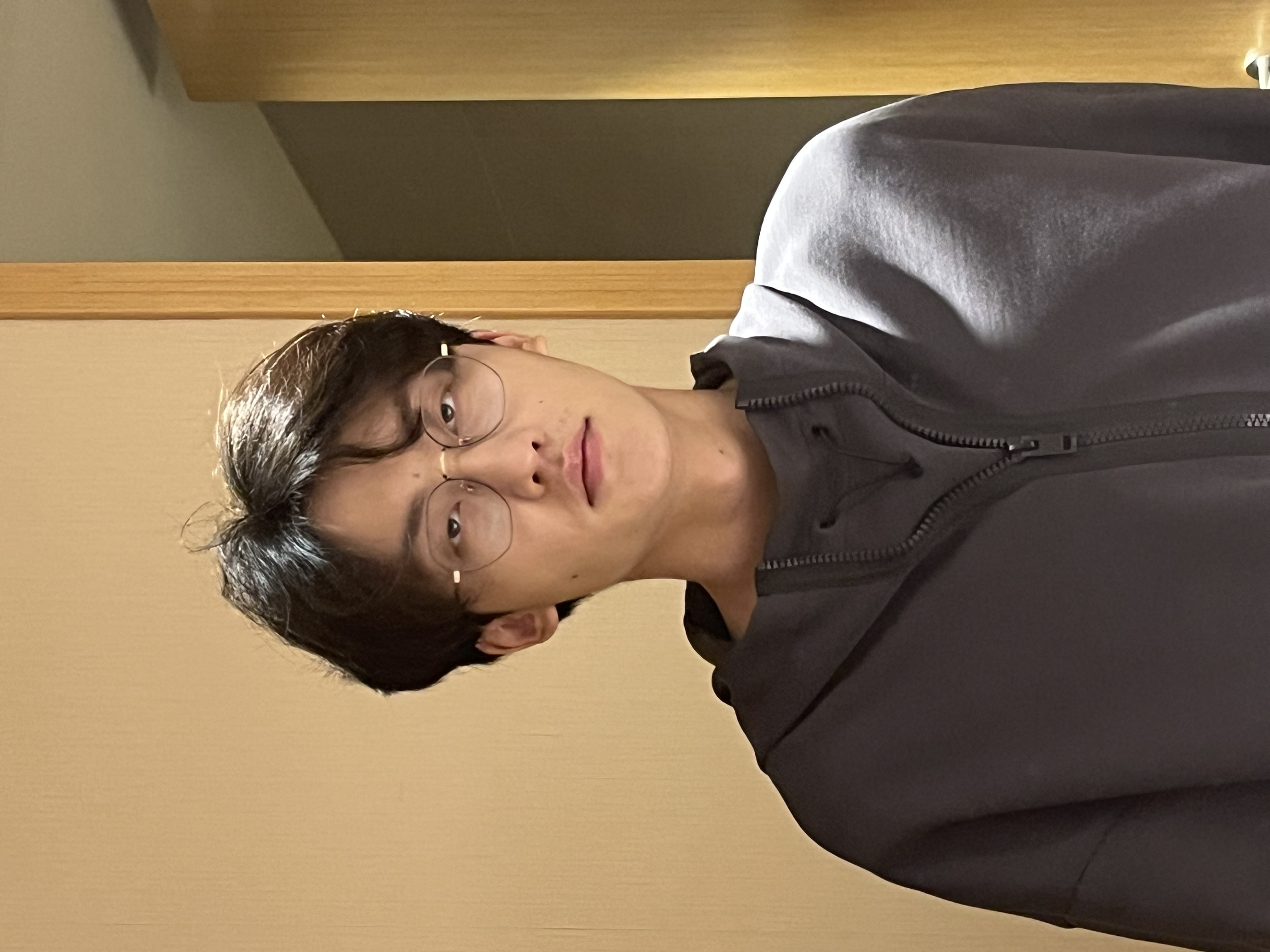
|
Lead Author Publications
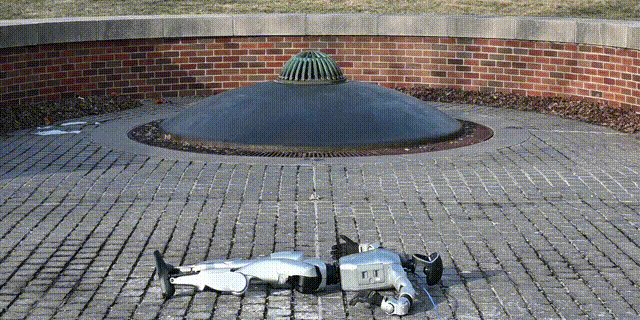
|
Learning Getting-Up Policies for Real-World Humanoid RobotsXialin He*, Runpei Dong*, Zixuan Chen, Saurabh Gupta RSS2025 arxiv / video / website / We proposes a learning framework for humanoid fall recovery. The method has two stages: first, discovering getting-up trajectories, then refining them for smoothness and robustness. The approach is successfully tested on a real G1 humanoid robot. |
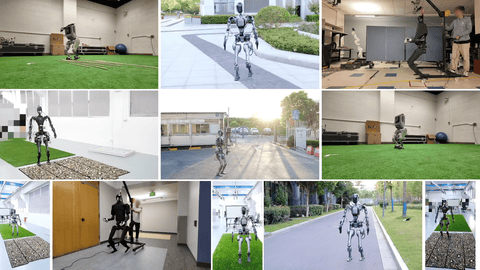
|
Learning Smooth Humanoid Locomotion through Lipschitz-Constrained PoliciesZixuan Chen*, Xialin He*, Yen-Jen Wang*, Qiayuan Liao, Yanjie Ze, Zhongyu Li, S. Shankar Sastry, Jiajun Wu, Koushil Sreenath, Saurabh Gupta, Xue Bin Peng IROS2025 (Oral) arxiv / video / code / website / We introduce Lipschitz-Constrained Policies (LCP), a method for achieving smooth locomotion in legged robots by enforcing a Lipschitz constraint on the policy. LCP eliminates the need for non-differentiable smoothing techniques, offering a simpler and robust solution applicable across diverse humanoid robots. |
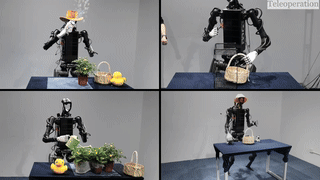
|
OmniH2O: Universal and Dexterous Human-to-Humanoid Whole-Body Teleoperation and LearningTairan He*, Zhengyi Luo*, Xialin He*, Wenli Xiao, Chong Zhang, Weinan Zhang, Kris Kitani, Changliu Liu, Guanya Shi CoRL2024 arxiv / video / dataset / website / We present OmniH2O (Omni Human-to-Humanoid), a learning-based system for whole-body humanoid teleoperation and autonomy. Using kinematic pose as a universal control interface, OmniH2O enables various ways for a human to control a full-sized humanoid with dexterous hands and also enables full autonomy by learning from teleoperated demonstrations or integrating with frontier models such as GPT-4o |
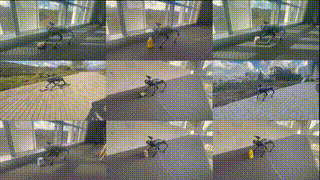
|
Visual Manipulation with LegsXialin He*, Chengjing Yuan*, Wenxuan Zhou, Ruihan Yang, David Held, Xiaolong Wang CoRL2024 arxiv / video / website / We propose a system that enables quadruped to manipulate objects with legs. We use reinforcement learning to train a policy to interact with the object based on point cloud observations, which demonstrates advanced manipulation skills with legs that has not been shown in previous work. |
Other Publications
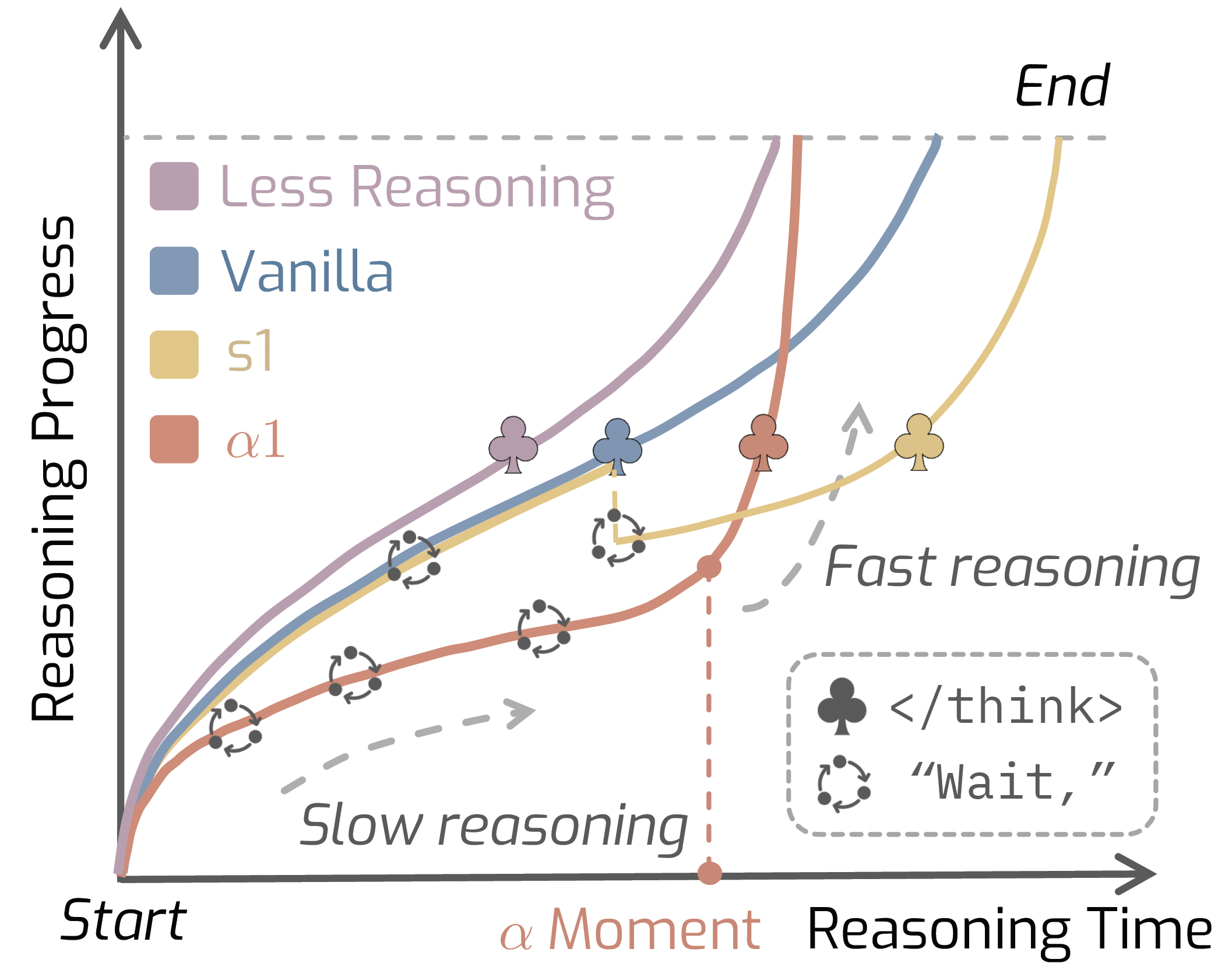
|
AlphaOne: Reasoning Models Thinking Slow and Fast at Test TimeJunyu Zhang*, Runpei Dong*, Han Wang, Xuying Ning, Haoran Geng, Peihao Li, Xialin He, Yutong Bai, Jitendra Malik, Saurabh Gupta, Huan Zhang EMNLP2025 arxiv / code / website / This paper introduces AlphaOne, a test-time framework that controls the reasoning speed of large models using a universal α parameter. It gradually inserts “slow thinking” steps before α and then switches to fast reasoning after α. AlphaOne improves both reasoning quality and efficiency across math, coding, and science tasks. |
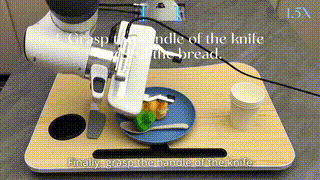
|
SoFar: Language-Grounded Orientation Bridges Spatial Reasoning and Object ManipulationZekun Qi*, Wenyao Zhang*, Yufei Ding*, Runpei Dong, Xinqiang Yu, Jingwen Li, Lingyun Xu, Baoyu Li, Xialin He, Guofan Fan, Jiazhao Zhang, Jiawei He, Jiayuan Gu, Xin Jin, Kaisheng Ma, Zhizheng Zhang, He Wang, Li Yi NeurIPS2025 (Spotlight) arxiv / video / code / website / This paper proposes semantic orientation, using natural language to describe object orientations intuitively. The authors built OrienText300K, a dataset of 3D models with semantic annotations. Integrating this into a VLM system improves robotic manipulation, achieving 48.7% accuracy on Open6DOR and 74.9% on SIMPLER. |
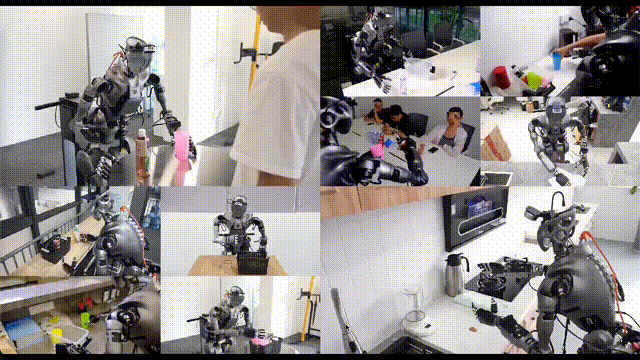
|
Generalizable Humanoid Manipulation with Improved 3D Diffusion PoliciesYanjie Ze, Zixuan Chen, Wenhao Wang, Tianyi Chen, Xialin He, Ying Yuan, Xue Bin Peng, Jiajun Wu IROS2025 (Oral) arxiv / video / code / website / We developed the Improved 3D Diffusion Policy (iDP3), a 3D visuomotor policy that enables humanoid robots to perform autonomous tasks in varied real-world settings. Unlike traditional models, iDP3 operates without the need for camera calibration or point-cloud segmentation by utilizing egocentric 3D visual representations. This approach allows for effective performance using only lab-collected data. |
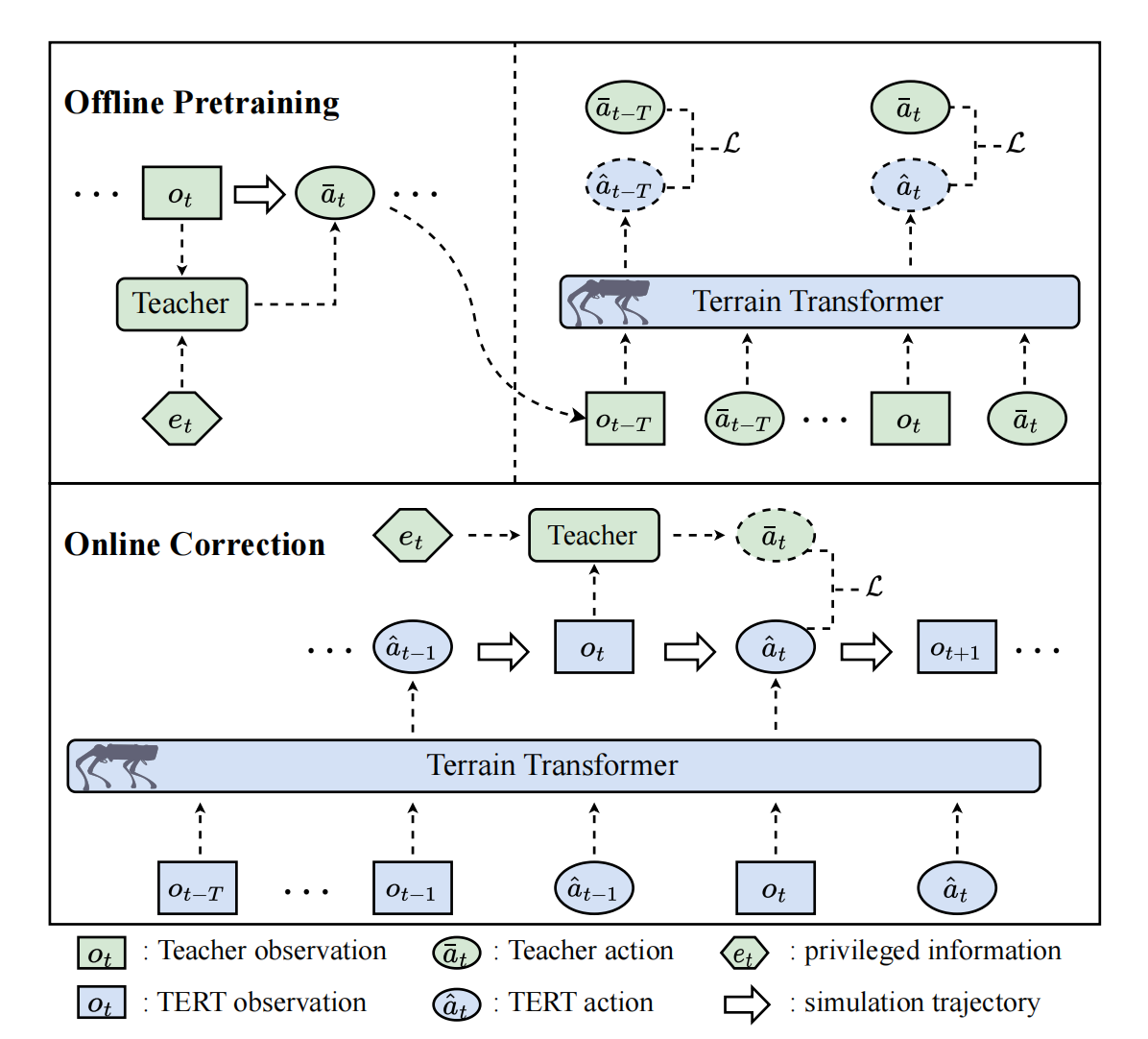
|
sim-to-real transfer for quadrupedal locomotion via terrain transformerHang lai, Weinan Zhang, Xialin He, Chen Yu, Zheng Tian, Yong Yu, Jun Wang ICRA2023 arxiv / code / website / we propose Terrain Transformer (TERT), a simple yet effective method to leverage Transformer for quadrupedal locomotion over multiple terrains, including a two-stage training framework to incorporate Transformer with privileged learning. |
Education |

|
University of Illinois Urbana-ChampaignIllinois, USAPh.D. student in Computer Science, Aug 2024 - Current |

|
Shanghai Jiao Tong UniversityShanghai, ChinaB.S. in Computer Science(ACM Honors Class), Sep 2020 - Jun 2024 |
|
|
|
Design and source code from Leonid Keselman |